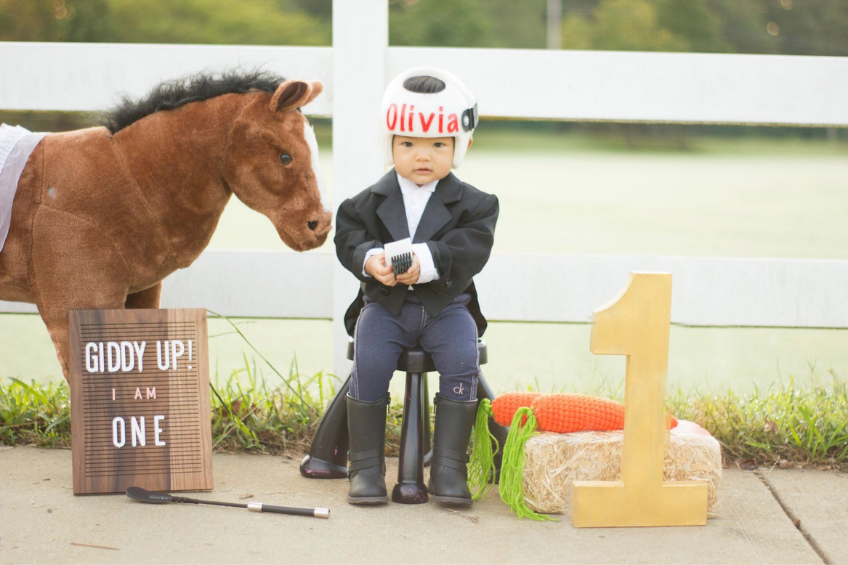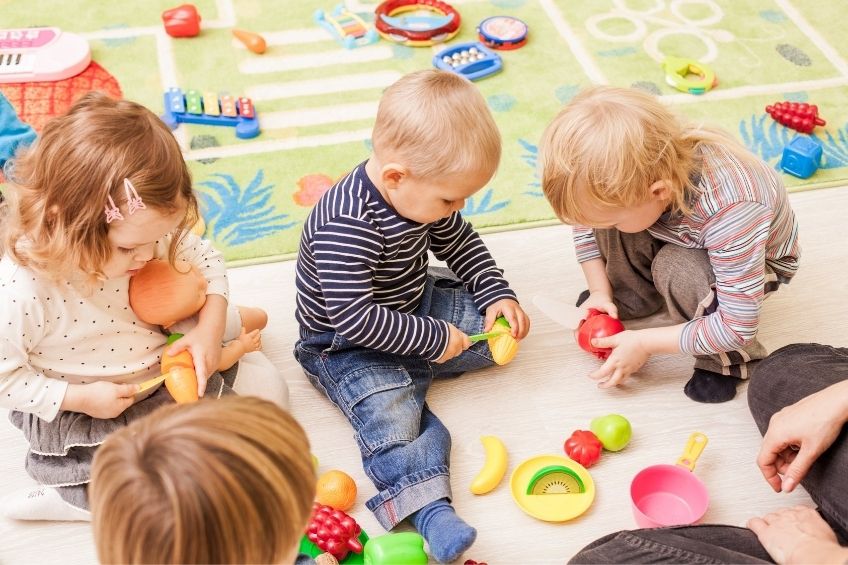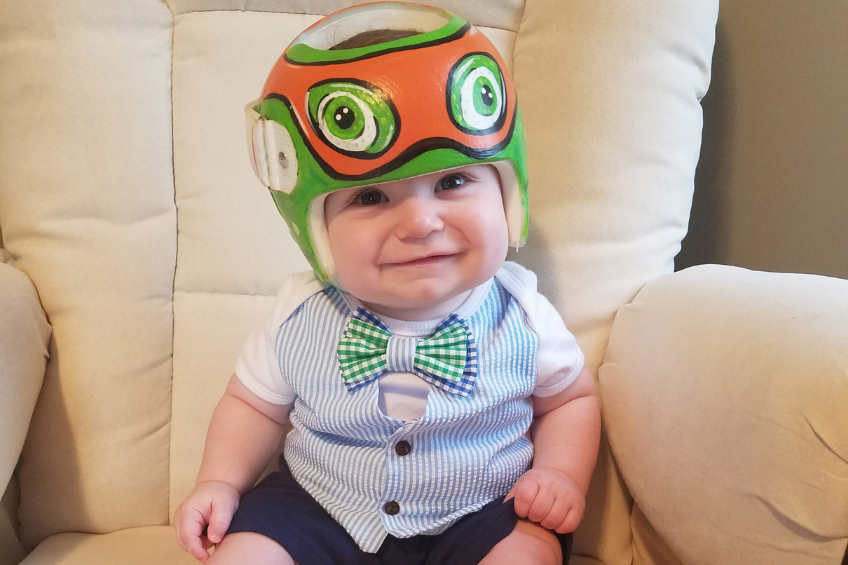Cranial Helmets Are The Latest Fashion In Baby Wear
/
Fashions go in and out. What’s popular in one year is out the next year. This comes to the human body as well. In the sixties the scrawny ultra-skinny look was in for female models. At the time this craze contributed to eating disorders in young women who wanted to mimic the looks of these unhealthy-looking celebrities. Although eating disorders are still around and we are learning that they are a specific type of mental illness the models and movie stars of today are looking healthier figuratively speaking. In fact, looking at most clothing websites you will see that there are chunky models displaying the clothing almost as often as the regular sized ones.

We are now noticing that the once given flat shape of a baby’s head due to sleeping on its back is no longer the latest fashion in babies’ heads. Even in China where a flat head was a badge of honor, parents are beginning to use cranial therapy helmets to mold their babies’ heads to a pleasant rounded shape. This shift from flat head to round head is making headlines in China where parents are now taking an active role in bringing their babies into the twenty-first century’s reliance on cranial helmets to keep their babies’ heads shaped in today’s current fashion.
Looking into a typical kindergarten class here in America you will still most likely spot a few flat heads among the children. Especially on boys’ heads that are not camouflaged by thick heads of hair, the flat head is quite noticeable. Even in girls who do have hair to cover their flat heads, it is still noticeable unless they have a head of curly or unruly hair. Thanks to cranial therapy there will be less and less of these flat heads in the near future.
With today’s perfected technology there is no need for a child to suffer neglect by not having a cranial therapy helmet. No parent would want their child singled out by insensitive classmates or bullies because of their flat head. First time parents sometimes get unsolicited and false advice from well-meaning relatives and close friends. Saying things like, “It will pass”, “It will straighten itself out.” or “Helmets are painful and cruel” can subject young moms and dads to ignore a serious case of plagiocephaly. It is always advisable to get an evaluation by a reliable cranial therapy specialist by three months of age unless the baby has other medical issues to be tackled first. Yet young first-time parents see the nine months of waiting for the baby to be born as endless and now to have the baby in a helmet for several months is too much to bear.
Not all babies will suffer from plagiocephaly even if they are put to sleep on their backs. When a parent holds the baby often and gives him or her plenty of tummy time when they are awake there is a good chance that their head will develop normally. The head bones are soft until the child is about a year old and whichever part of the head is against the mattress the most, this is where the plagiocephaly can emerge.

Plagiocephaly is more common in premature infants or babies that require extra hospital stays after birth. It could be a heart ailment that needed surgery or some other correctable problem that caused the baby to have an extended stay in the hospital. Preemie babies could be less active especially till they catch up on their weight and may be left for long periods of time on their backs. When an infant is hooked up to monitors and intravenous it is more difficult for the nurse or aide in charge of the nursery or NICU to move the baby from side to side. Sometimes it would be dangerous to keep touching a preemie baby more than necessary. These are some scenarios that could cause plagiocephaly in infants.
Other full-term infants could have no definite reason for their plagiocephaly. Maybe they were from a multiple birth and were pushed to the side in the womb or they could be born with this condition with no easy justification. The most positive aspect of this condition is that it is curable if tackled early enough which is usually by three months of age.
Like the stigma of girls wearing glasses a hundred years ago the stigma of a cranial helmet is a remnant from the past. It is not relevant for this year of 2021 and the future. Just as glasses are now a fashion statement so are baby cranial helmets.
The Story of Baby Ily Guckian
Baby Ily was born on September 26, 2019, in Texas ten weeks premature. Ily had to remain in intensive care for two full months. Her wonderful caregivers at the hospital decided to nickname her Baby Miss Texas foreshadowing her claim to fame later on. Ily’s mom noticed something was not right while her baby was in the NICU for a while. She noticed that her forehead was popping out a little at the side. She asked the occupational therapist and developmental pediatrician who were involved in Ily’s case about the issue. They responded that the reason for this development was that Ily had to lay in one position since she was on a feeding tube.
When Ily was four months old her mother took her to be evaluated by Darren Poidevin, a licensed orthotic prosthetic practitioner at UT Health San Antonio. After examining the infant, he decided to wait another six weeks before treating Ily until she had enough neck control and was able to hold her head up. When she first came to Dr. Poidevin, Ily was assessed as having moderate to severe plagiocephaly. Six weeks later, Ily was fitted with her helmet which she wore for the next 112 days, 23 hours a day. At that time her head asymmetry was 13.5 millimeters. Between 0 and 6 millimeters is considered normal.
Heather and her husband, Jason chose a leopard print helmet which was worn by Ily for the next three and a half months. It was a fortunate time frame for the Guckians since the helmet therapy commenced in the winter, mid-February and finished June 1. They did not have to deal with summer sweat and itching which is sometimes prevalent in summer helmet wearing.

Baby Ily, despite or because of her helmet, was an exceptionally cute baby with a winning smile. In fact, she was so adorable that her parents were contacted about entering her in the Baby Miss America Pageant. Not knowing if they wanted to do it or not Heather asked a friend what she thought. “You’re not going to have her wear that helmet, you’re not, right?” When Heather processed that comment her decision was sealed. Yes, she was entering Ily in the contest and yes, she would be wearing the helmet. The contest winner for Baby Miss America was helmet baby Ily Guckian.
For those first-time parents who are hesitant about having their baby wear the helmet publicly this story should give you the confidence and determination to realize that life is what you make of it. Your baby is being given a chance that not all babies suffering from plagiocephaly get, a normal shaped head. You are ensuring that your baby will grow into a well-adjusted child, teen and eventually an adult who will not be questioned or made fun of. Your baby will have their parents as their advocates while he or she is wearing her cranial helmet. It’s up to you to make the best of the situation. First take care of your look; appear to be happy and relaxed if people approach you about the helmet your baby is wearing. It sure helps when it’s decorated. This is because those cute, decorated helmets bring a smile to someone’s face and encourage them to come over and speak in a more tactful and less serious manner. Your job is to assure family or strangers who approach you out of ignorance to explain exactly what is going on with your baby. You never know if these same people will have a baby in the same situation or may know someone who does not realize that their baby’s flat head can be rectified.
As with most issues today, there are support groups online to help young parents deal with the anxiety of cranial therapy for babies with plagiocephaly. A young parent could have questions before diagnosis and might not even know what plagiocephaly means. There are some young mothers who become aware of a slight flatness somewhere on their baby’s head but have no idea why it came or what to do about it. Other parents might have gotten the verdict of plagiocephaly and need the emotional support of other parents who are going through the same fear as they are.
Often, we think we are the only ones and then we find a group of other mothers and fathers in our neighborhood who are dealing with the same situation. We gain new confidence that we are doing the right thing and our baby’s cranial helmet stops becoming a stigma but a badge of honor. Just look at how baby Ily’s parents dealt with their situation. Not only did Ily have plagiocephaly, but she was also developmentally delayed because of her prematurity. Heather and Jason rose to the occasion giving their baby and themselves a good dose of confidence.

Cranial Therapy Centers is the only early interventions cranial center in the United States which provides both helmet and manual therapy treatment. We are American Board for Certification in Orthotics, Prosthetics and Pedorthics Facility. Visit us in Lakewood NJ, at 1352 River Ave Unit 14, Lakewood NJ, 08701 or in Teaneck NJ at 1086 Teaneck Road Suite 3F, Teaneck, NJ 07666. You can also email us info@cranialtherapycenters.com
